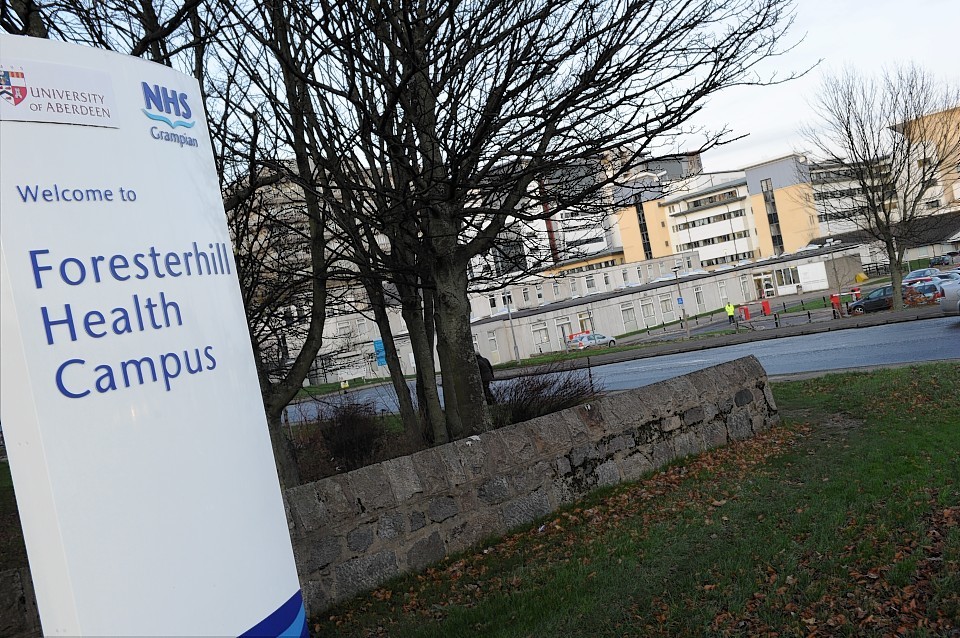Nursing staff at NHS Grampian are treating almost one baby a week born with an addiction to drugs, the Press and Journal can reveal.
Figures show that in the past year, 46 newborns were weaned off substances – including heroin – because of their mothers’ addiction problems.
NHS Grampian was only able to provide the number of babies admitted to the Neonatal Unit with Neonatal Abstinence Syndrome, and the figures did not include all women with drug dependency.
But a report by Information Services Scotland reveals between 2009/10 to 20011/12, 8.1% of neo-natal discharges in the north-east recorded drug misuse – the third highest percentage in Scotland.
In the NHS Highland region, the figure was 5%.
Scottish Conservative health spokesman Jackson Carlaw said the mothers responsible were leaving a “selfish legacy” for their child.
He said: “This is an extremely tragic finding.
“These babies could hardly have a worse start to their life and through absolutely no fault of their own. The fact this is still fairly widespread shows we need to do more to ensure this is stamped out.
“Heroin addicted mothers need to be helped at the very earliest stage, and have it made abundantly clear to them just how selfish and irresponsible a legacy they are leaving their for their unborn child.”
Babies who are given a diagnosis of neonatal abstinence syndrome are treated by specialist midwives at Aberdeen Maternity Hospital, where staff use morphine with the dosage adjusted according to the child’s condition.
Withdrawal symptoms can include high-pitched crying, irritability, vomiting, diarrhoea and fever.
Most babies who have been exposed to drugs in the womb will experience symptoms when they begin to withdraw.
Newborns are monitored several times a day, with treatment continuing for up to eight weeks.
A spokeswoman for NHS Grampian said all women are routinely asked about drug and alcohol use.
She added: “Our aim is to identify women and their partners who abuse substances in the ante natal period, as a means of reducing harm for them and their unborn baby.
“Each case has a case review by a specialist team starting around 24 weeks into the pregnancy and repeated as necessary to ensure that the appropriate level of support is in place to address social, medical, midwifery, and substance misuse needs, with the aim of producing the best outcome for the woman and the baby. NHS Grampian has specialist midwives for babies with neonatal abstinence syndrome.
“At all times, the safety of the child is paramount and that must involve pre-birth assessment and planning.
“Babies with withdrawal symptoms are treated with medication to minimise their symptoms, and this may take up to eight weeks.”
After discharge, children are reviewed by a specialist service at Royal Aberdeen Children’s Hospital.
